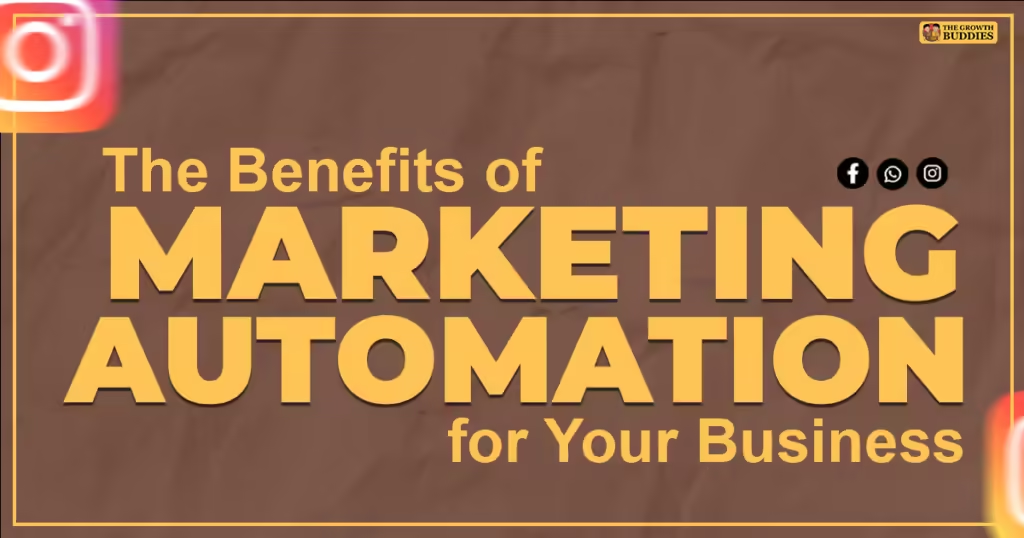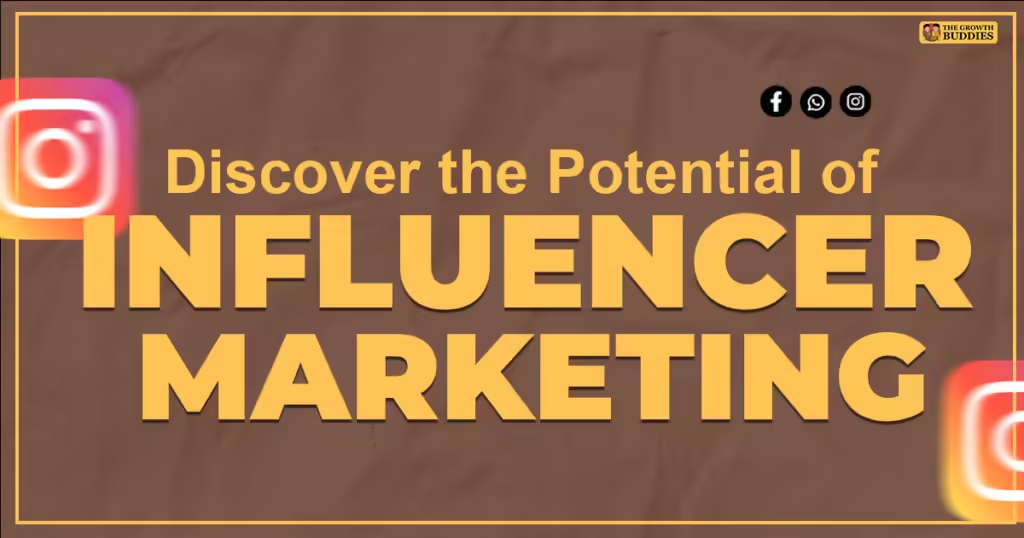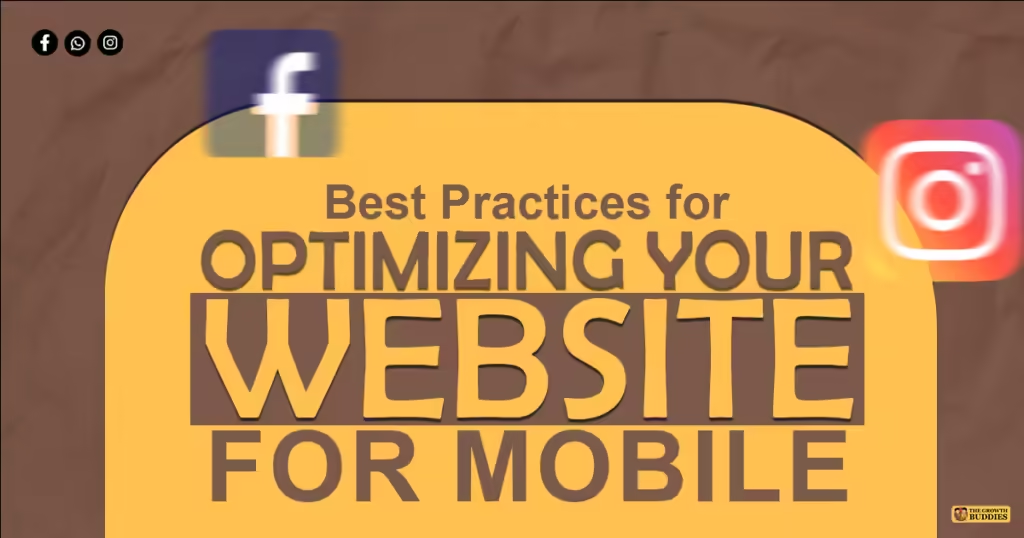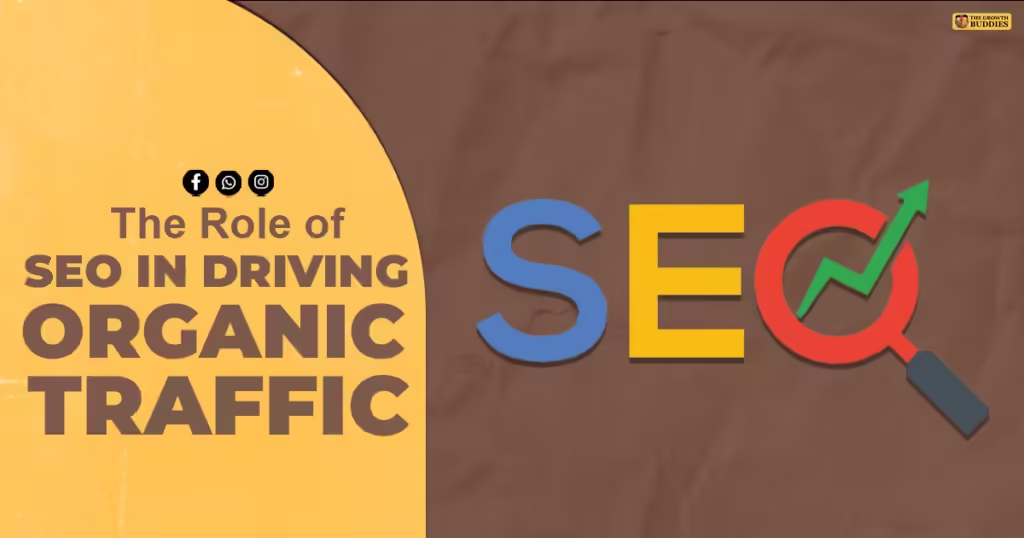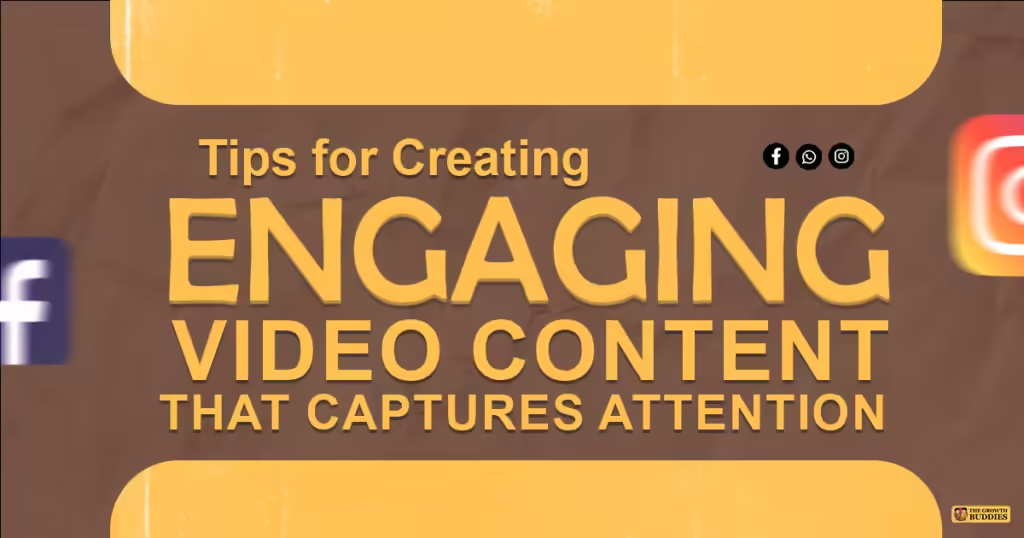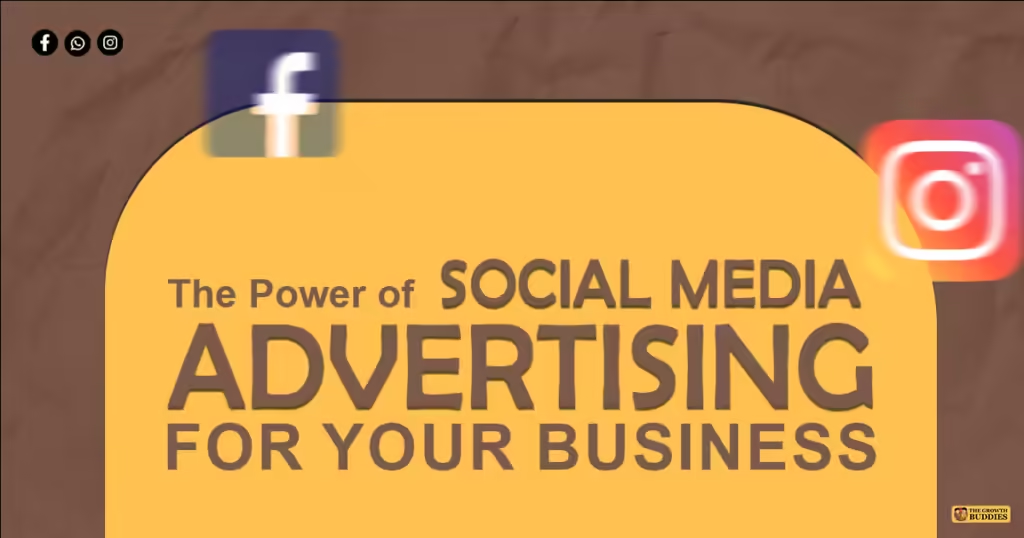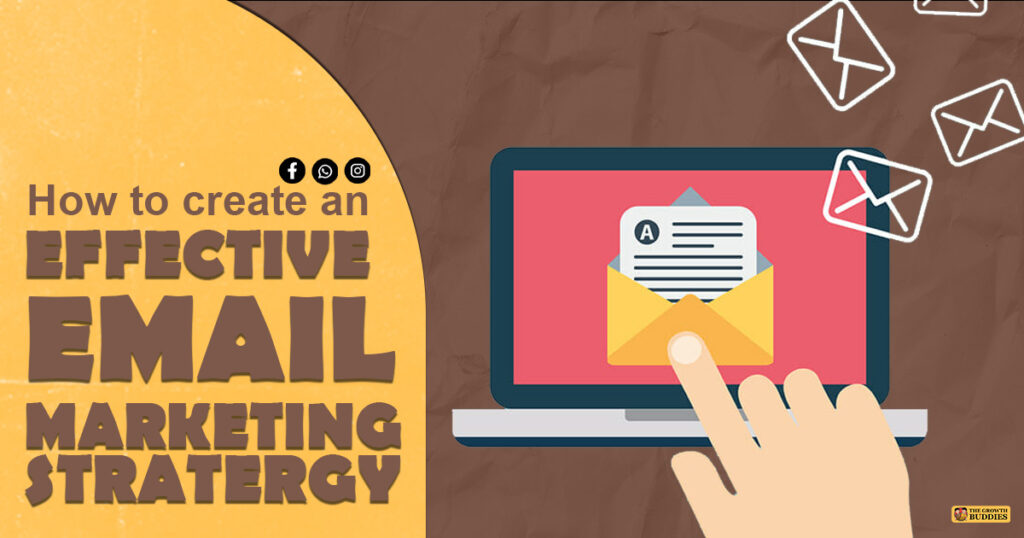The Benefits of Marketing Automation for Your Business
In today’s fastpaced digital environment, businesses are looking for smarter ways to improve processes, enhance customer engagement, and increase profitability. Marketing automation has become a game-changer, offering solutions that not only save time but also increase efficiency and ROI. Here’s how marketing automation can help your business: 1. Save Time and Increase Efficiency Marketing activities like sending emails, posting on social media, or following up with leads can take up valuable time. Marketing automation makes these tasks seamless, allowing your team to focus on the right goals. 2. Personalize Customer Journeys Automation tools can segment your audience and send timely messages. Personal experiences build trust and establish strong relationships with customers. 3. Improve Lead Management From lead validation to followup, marketing automation ensures no leads are lost. It helps you predict leads and focus your sales team on the most profitable time. 4. Enhance Data-Driven Decisions Marketing automation platforms provide indepth analysis and insight into business marketing performance. Use this information to refine your strategy, better understand your audience, and make informed decisions. 5. Boost Revenue with Scalable Campaigns Automation allows you to scale your business operations without unnecessarily consuming resources. Whether you’re running multiple campaigns or targeting different demographic groups, automation makes management easy. 6. Reduce Human Error By automating repetitive tasks, you reduce the risk of errors such as duplicate messages or mistakes and improve the customer experience. 7. Foster Collaboration Between Teams Many marketing automation platforms integrate CRM and sales tools to create an integrated system that improves collaboration between marketing and sales teams. Getting Started with Marketing Automation Embracing marketing automation doesn’t have to be overwhelming. Start by identifying repetitive tasks and evaluating the tools that best fit your business needs. Popular platforms like HubSpot, Mailchimp, or Marketo provide features that are essential for businesses of all sizes. By implementing marketing automation, your business can achieve […]
The Benefits of Marketing Automation for Your Business Read More »

